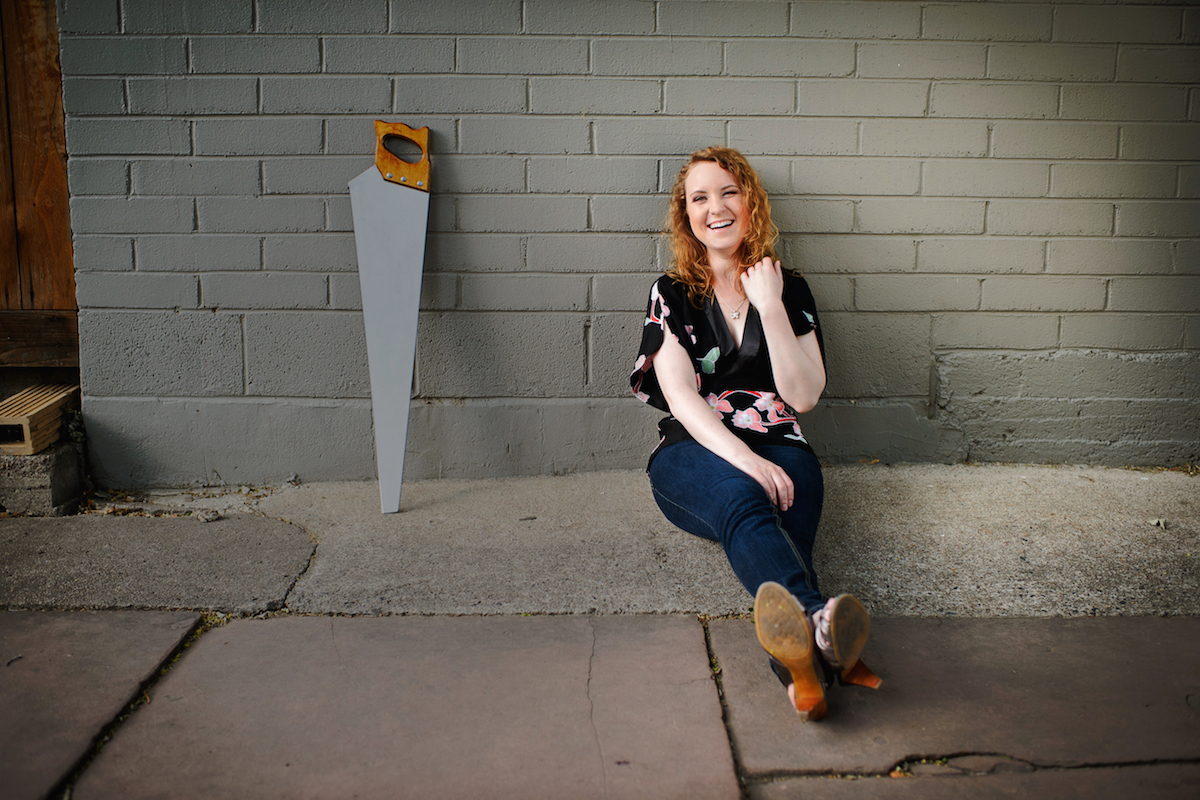
Caroline’s Tips
Please show the entire range at the beginning of the piece.
List the saw brands/blade lengths you want the saw player to use. If this information is missing, the saw player will judge which saw to use to the best of their ability.
It is acceptable to ask the saw player to use more than one saw over the course of the piece. Please take into account the range of each saw, and allow ample time in the music to change instruments if necessary — this can be a dangerous, albeit comical process if rushed.
The larger the interval, the longer it takes the player to traverse. Done quickly, this can of course be exploited for comedic effect (whether that was the original intent or not).
Since the saw continues to ring once the bow has been drawn, the instrument produces a continuous sound until it dies away or is stopped by the bow, the player’s hand, or by the instrument springing back to neutral. Because of this, it is difficult for the player to stop the glissando effect between each note, and it is more pronounced the larger the interval.
Staccato notes are possible, but impractical. A reasonable facsimile (especially at higher speeds) would be to ask the player to bounce the bow against the side of the saw. Spiccato is the closest equivalent in string technique. The bow noise this creates gives a sharp accent to the beginning of each note, however, it does not really affect the length of the note as the saw will continue to ring once the bow has left the saw.
Final Thoughts
The best way to learn what a saw can do is to pick one up and see for yourself! Ideally, you would learn on the saw you are writing for, but any saw you can bend into an S-shape will do. Stay tuned, as I hope to make available a video lesson series on how to get started playing the saw.
I primarily play a 28″ C. Blacklock Special. It’s a “tenor saw” – and that has no meaning outside of this particular brand. I like it because it has a few more notes than the 26″, without being so big as to sacrifice maneuverability. The range of each kind of saw is very different, so it’s best to put the entire range at the beginning of the piece.
I would consider the range of my saw to be F4 (the F above middle C) to B6 on the tenor saw, but please consider F6 through B6 to be used sparingly (as one might for vocalists or brass players).
For more information on my saw and the others in their line, or to order one yourself, please visit Blacklock Saws to see them yourself, for a visual representation and fairly accurate ranges. Tell ’em Caroline sent you. 🙂
